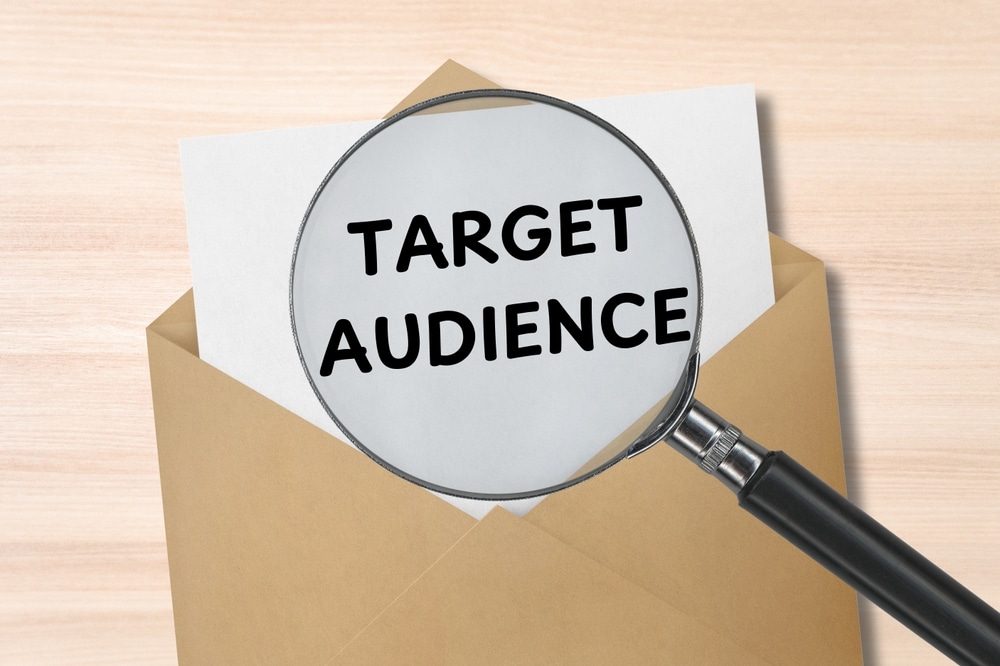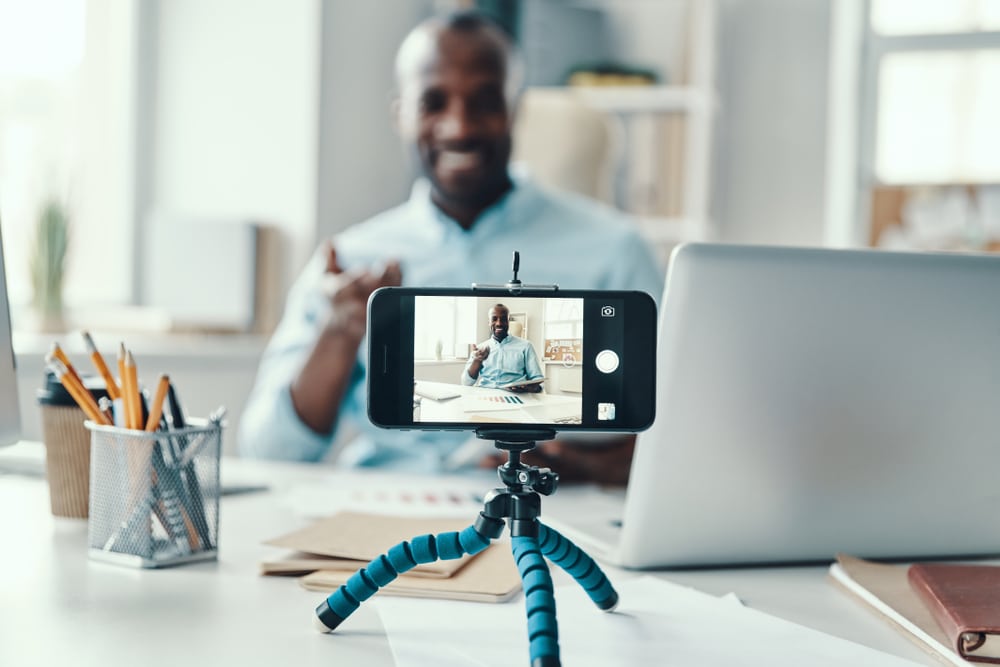How PR can help you reach new audiences
PR can get you in front of a whole new audience if you know how to do it right! Below we share how PR can help you reach people you never thought possible.
Public relations isn’t just about managing press releases and media queries. Its real focus is on shaping and maintaining a positive image while nurturing meaningful connections with your audience. PR practitioners use strategic communication, compelling storytelling, and adept media relations to generate positive perceptions of your business. Effective PR can bridge the gap between an organisation and its audience, facilitating better understanding and interaction.
In the digital age, PR also involves managing online presence and social media interactions. Crafting tailored content for diverse platforms is crucial for reaching and engaging with different audiences.

Pinpointing Your Target Audience
Understanding your audience is crucial for shaping an effective PR campaign. Researching demographic, psychographic, and behavioural traits allows for a more tailored communication strategy.
Tools like social media analytics, surveys, focus groups, and market research can offer really useful insights into your audience’s preferences, habits, and interests. This can help build a detailed profile of your target group, ensuring your PR efforts are more precise and impactful.
Addressing your audience’s specific needs and concerns makes your communication more relevant and engaging, improving your chances of successfully reaching new audiences.
Crafting an Engaging Message
Creating an engaging message is about making your content clear, relevant, and emotionally appealing. The message should be straightforward, addressing the audience’s interests and concerns with the aim of creating a meaningful connection.
Understanding what resonates with your audience allows you to tailor your message effectively, making it more likely to capture their attention and provoke a response.
Using storytelling techniques can be a great way to make your message more compelling. Narratives that evoke emotions or highlight relatable experiences can help your audience connect with your brand on a deeper level.
It’s also important to have a consistent tone and style across the various communication platforms. A recognisable brand voice can be a very powerful tool.
Visual elements such as images, videos, and infographics can further enhance your message. These can make complex information more digestible and engaging, catering to different learning styles and preferences.
All these various approaches can ensure your message stands out amidst the huge amount of noise and information available, increasing the likelihood of reaching and resonating with new audiences.
Effectively Utilising Media Channels
Understanding the distinct characteristics of each media channel is key to maximising your PR. Traditional media like newspapers and television can lend credibility and reach a broad demographic, while digital platforms such as social media and blogs allow for more targeted and interactive communication. Which platform you choose should naturally depend on where your target audience is most active.
You can, of course, have a good mix of both – Press releases and feature articles can be utilised for traditional outlets to gain authoritative coverage, while engaging content, interactive posts, and real-time updates are best suited to digital platforms.
Paid media, owned media, and earned media can also be strategically combined. Paid media, such as adverts and sponsored posts, offer immediate visibility. Owned media, such as your website and newsletters, provides a controlled environment for your message. Earned media, like news articles and social shares, can amplify your reach through third-party endorsements. By using these diverse channels effectively, your PR campaign can reach and engage a huge range of audiences.
Developing Relationships
PR professionals are often relied upon by journalists for insights and data, with about 68% of journalists depending on PR experts for original research, trends, and market data. By fostering these partnerships, you can create authentic and impactful collaborations that further extend your reach.
By leveraging their established credibility and follower base, influencers can also be a very useful tool in your PR strategy. However, it’s important to choose influencers who genuinely align with your brand values and resonate with your target audience. Engagement with influencers should be a two-way street, focusing on building a relationship rather than just transactional interactions. Offering exclusive information, involving them in product development, or providing early access can help build a stronger rapport. Monitoring the influencer’s engagement rates and audience feedback is also crucial to ensure that your collaboration is effective and resonates with the intended audience.
Evaluating the Success of PR Campaigns
Measuring the success of a PR campaign involves tracking several key metrics to determine their impact. Audience reach and engagement levels are crucial, as they provide insights into how well your message is being received. Brand sentiment analysis helps gauge public perception and can highlight areas needing improvement.
By identifying which aspects of your campaign were successful and which were less effective, you can refine your approach for better outcomes. It’s essential to understand that readership and viewership, while important, are not the only measures of success. 60% of journalists also assess success by the level of audience engagement.
Evaluating the effectiveness of different media channels used in your campaign can also provide valuable data. This information can help you allocate resources more efficiently in future campaigns, focusing on channels that yield the highest engagement and reach. Regularly reviewing these metrics and adapting your strategies accordingly will ensure that your PR efforts remain dynamic and impactful.
Want to find out more? Contact us by emailing [email protected]
Read all about it...
LATEST NEWS

10 Ways Professional Video Content Boosts Engagement Online

Video Content Production vs. Podcast Creation: Which Works Best for Your Brand?


